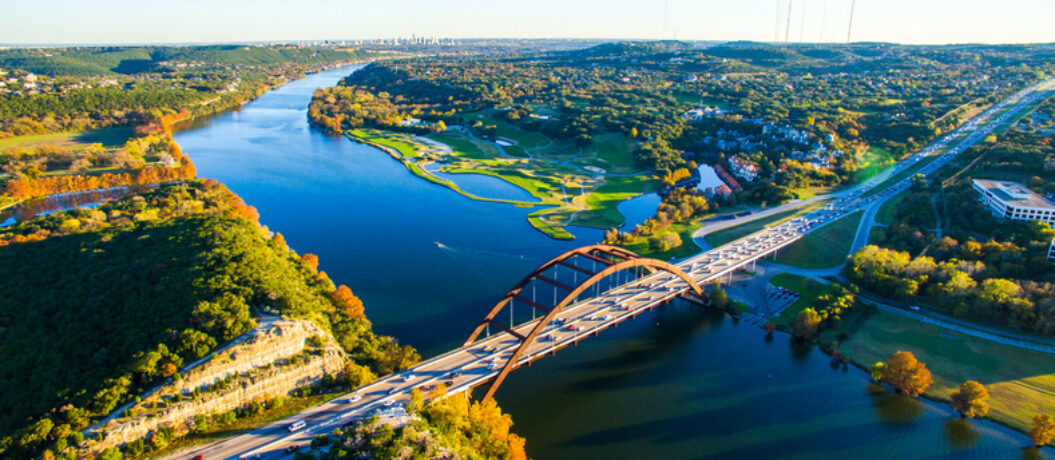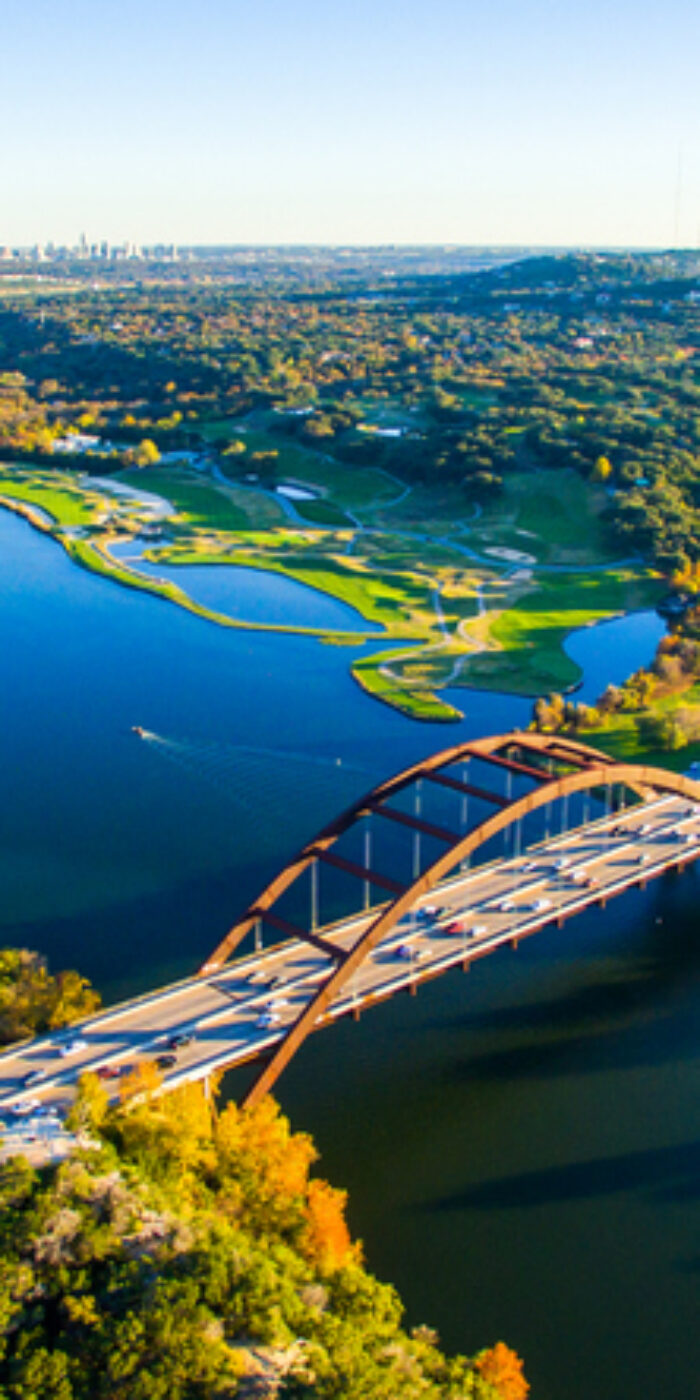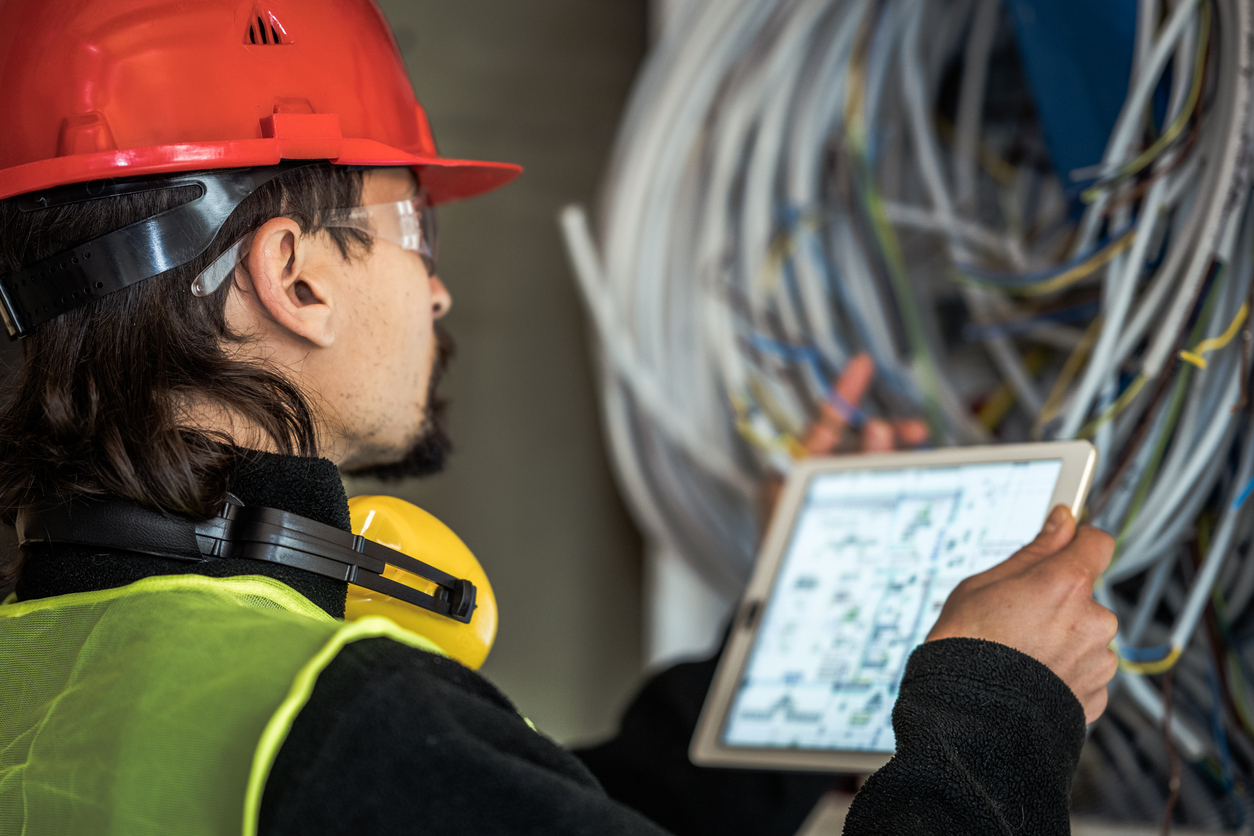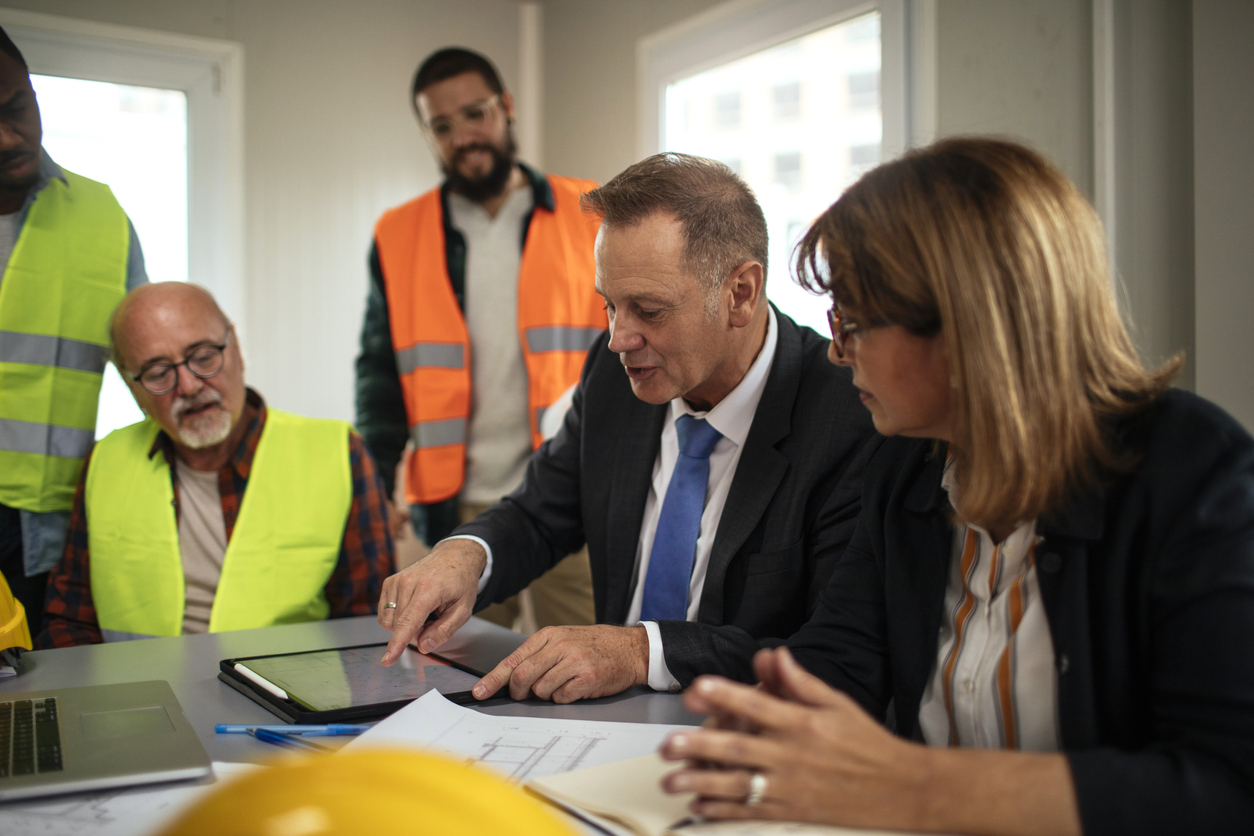When I was a kid, I loved bridges. Every time my family would drive to the Jersey Shore for vacation, I would excitedly peer out of our minivan’s windows when we crossed from Pennsylvania into New Jersey across the Delaware River. To me, it was exciting to see all of the water so far beneath us.
As I grew older, I learned more about these bridges that I loved- which wasn’t always a good thing. After years of simply marveling at these giant structures suspended over bodies of water, I began to understand the risks– like bridge collapses.
According to the American Society of Civil Engineers (ASCE), approximately one in nine of America’s bridges are rated as structurally deficient. Since over 200 million trips across these bridges are taken daily in America’s 102 largest metropolitan areas, it’s more important than ever for our country to understand both why and how bridge infrastructure fails.
When a bridge collapses, there may be a number of contributing factors, but these five are the most common:
1.Natural disasters
When Mother Nature strikes with a vengeance, bridges pay the price. Earthquakes, flooding and high winds can all contribute to bridge collapses.
Real world example: After Hurricane Katrina hit New Orleans in 2005, the city’s Twin Span Bridge suffered extensive damage due to the rising storm surge pulling segments off their piers and into the water below.
2. Ineffective design
No one is perfect, including the talented men and women who design bridges across the country. While some bridges are constructed perfectly with high-end materials, they can still fail if the design is flawed. Bridges with poor design could fail to hold enough weight or withstand natural conditions.
3. Construction failures
A lot of work goes into bridge construction, but construction sites can be lethal. When bridges are still under construction, their full design is not yet realized. This leaves construction workers in a dangerous situation if there is even one miscalculation.
Real world example: In 1907, the Quebec Bridge over the St Lawrence River collapsed during construction, killing 75 of the 86 workers.
4. Cheap materials
A bridge is only as strong as what it’s built with. No one likes to spend money, but excessive cost-cutting can leave the bridge vulnerable to collapses. Not only is the bridge put in a more perilous situation, but saving money on materials can also lead to more costly repairs down the line.
5. Poor maintenance
Perhaps the most troubling aspect of bridge collapses is the fact that many of them are preventable. With the proper maintenance and inspection routine, a bridge’s durability and longevity could be drastically improved.
Real world example: In 2007, the 1-35W Mississippi River Bridge collapsed during rush hour, killing 13 people. After their investigation, the National Transportation Safety Board (NTSB) said that inspectors did not routinely check that safety features were functioning properly.
While the thought of bridge collapses might seem scary, with proper design, construction, maintenance and innovation, America’s bridge infrastructure will remain a reliable means for traveling from point A to point B.












